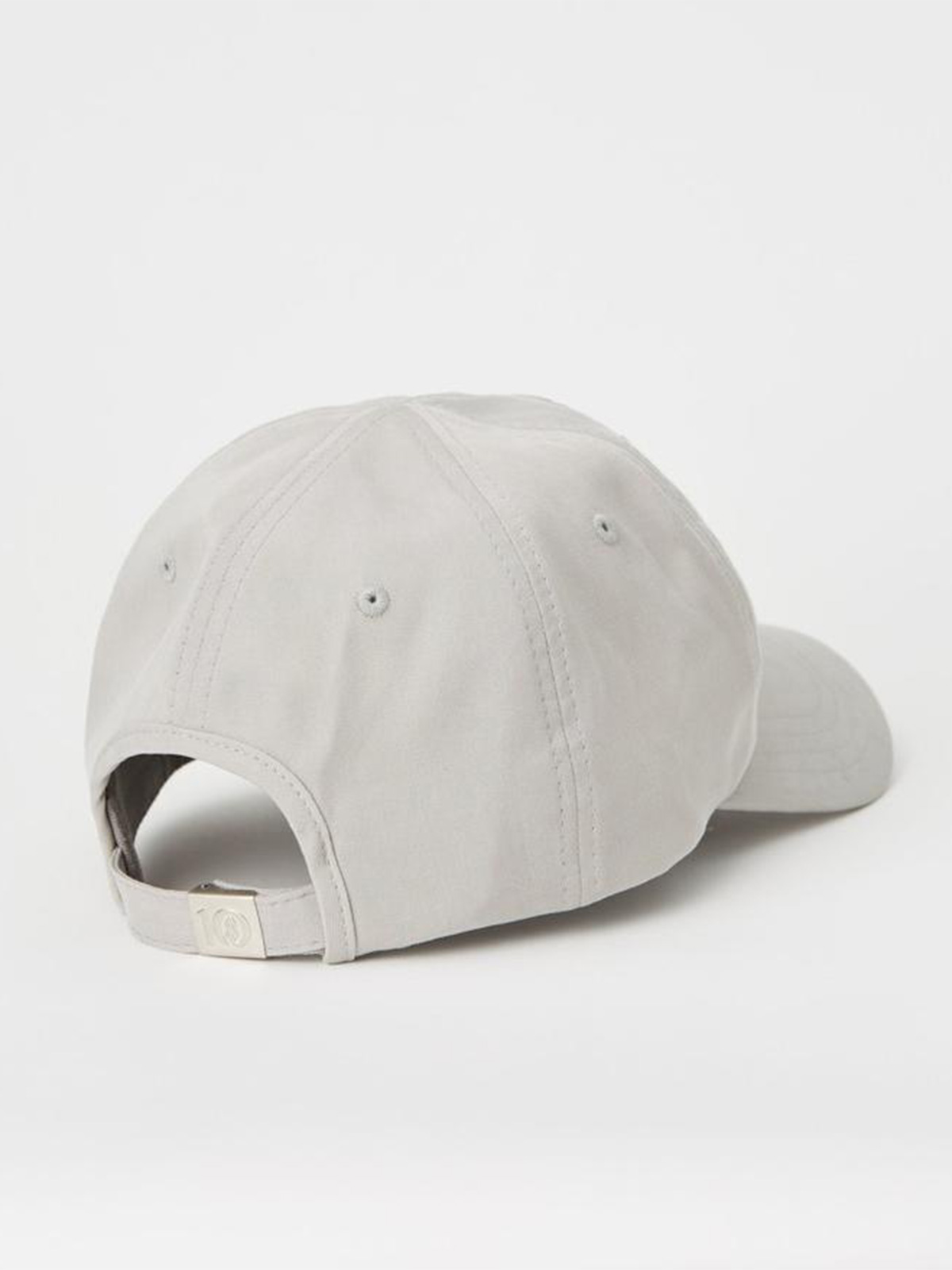Kristian Hardiman – Head of Ratings at Good On You – takes a quick look at how the discourse on climate change and science-based targets needs to be on every fashion brand’s radar.
For many, 2017 will be remembered as the year that climate change momentum was halted firmly in its tracks. Despite the genuine progress made in Paris less than a year ago, public discussions since then have focused on the US announcing its withdrawal from The Paris Agreement. This has been compounded by a sudden resurgence of climate-denier groups, a worrying increase in immensely powerful hurricanes and a continuous series of record-breaking years in terms of globally-averaged temperatures. According to independent analyses by NASA and the National Oceanic and Atmospheric Administration, 2016 was the third year in a row to set a new record for global average surface temperatures.
So it would be natural to feel despondent, almost helpless, as the world hurtles on its seemly self-destructive path towards oblivion. But there is definitely cause for hope! Last week business leaders converged in New York for Climate Week NYC. Their discussions focused on #ClimateOptimism. After a week of intense discussions, the message is clear – decarbonisation is unstoppable and will occur with or without governmental support.
2017 will also be remembered as the year that apparel companies stepped up and announced their ambitions to the world. Traditionally, apparel companies have been the laggards when it comes to climate action. While investors have begun the process of divesting from fossil fuels, supermarkets trace hot-spots in their supply chain, and Information and Communications Technology companies engage with their suppliers; apparel companies have plodded along with a mediocre set of initiatives and targets.
Last week, however, six major apparel companies have stepped up and committed to setting science-based climate change targets. The six brands are Gap, Nike, Levi Strauss & Co, Guess, Eileen Fisher and VF Corporation. They join H&M, ASICS, Kering, PUMA, Walmart, Inditex, Woolworths Holdings, Marks and Spencer, and One Jeanswear Group. The significance of this can not be understated.
One of the challenges faced by the fashion industry is that despite some estimates that the sector contributes around 10% of all global greenhouse gas (GHG) emissions, it is actually very difficult to accurately measure those emissions, let alone take action on them. The reason for this is that perhaps as high as 90% of those emissions are embedded in complex value chains. This means that the emissions are not actually being produced by the apparel company themselves, but either upstream through their suppliers, or downstream through us as the customers via washing, ironing, and drying.
The fact that the emissions are produced outside of their own boundaries has allowed apparel companies to get away with setting ineffective and easily achievable targets without taking on their fair share of responsibility. A science-based target, however, means that their targets are verified by an independent third-party to ensure it is consistent with a 2-degree pathway. The six apparel brands that have committed to setting a science-based target have done so based on the knowledge that they share many common suppliers, and by working together they can collaboratively lower emissions to avoid dangerous climate change.
Good on You strongly encourages other apparel brands to commit to setting ambitious science-based targets and to collaborate with their suppliers to find effective emissions reduction activities. Stay tuned for my next article which will explore more deeply the benefits of fashion brands setting science-based targets.



















